For immediate Press Release -
WISPRENN recipient of NASA Wireless Project
WISPRENN is excited to announce the approval and securing of contract between WISPRENN, Space X, and NASA in a joint mission to achieve the Journey to Mars.
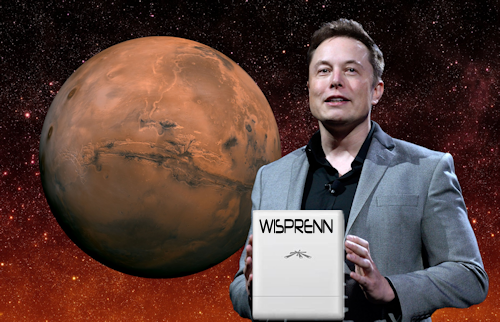
WISPRENN, a local Wireless Internet Service provider based in Apple Valley, California, is developing the capabilities needed to send Wireless Repeater Sites to an asteroid by 2020 and Mars in the 2030s - goals outlined in the bipartisan NASA/Space X Alien Internet Access Authorization Act of 2010 and in the Wireless providers weekly National Space Policy, also issued in 2010.
Mars is a rich destination for scientific internet usage and robotic and human WiFi connections as we expand our presence into the solar system. Its formation and evolution are comparable to Earth, helping us learn more about our own planet's history and future, by looking it up on the internet on Mars. Mars had conditions suitable for life in its past, but we are certain they had no decent Wi-Fi signals. Future exploration could uncover evidence of life, but what would be the point of that if you can't tweet about it to Earth?
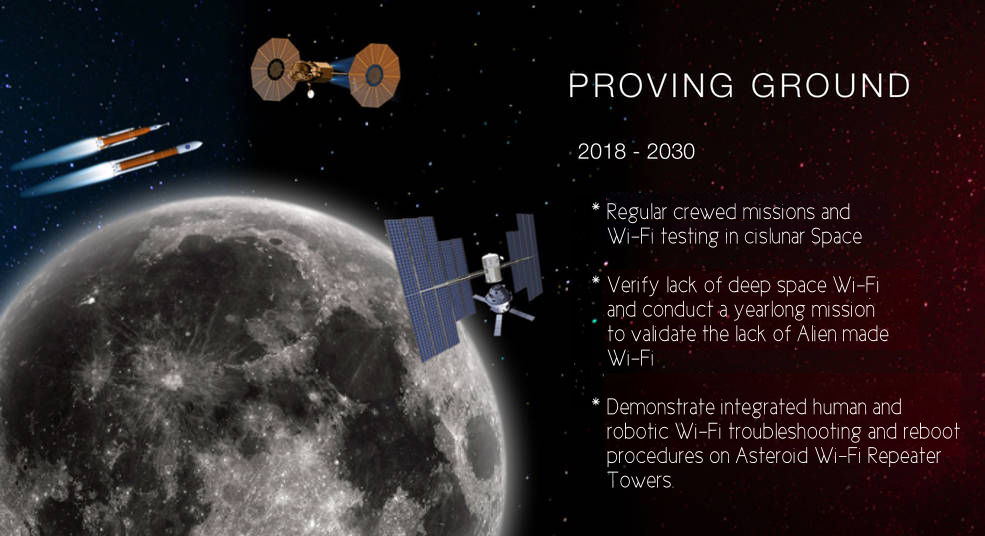
While robotic explorers have studied Mars for more than 40 years, WISPRENN's path for the Wireless Repeater Sites to Mars begins in low-Earth orbit aboard the International Space Station. Astronauts on the orbiting laboratory are helping us prove many of the technologies and communications systems needed for Wireless internet to deep space, including Mars. The space station also advances our understanding of how the human body and mind changes when subjected to latency and high ping times in space.
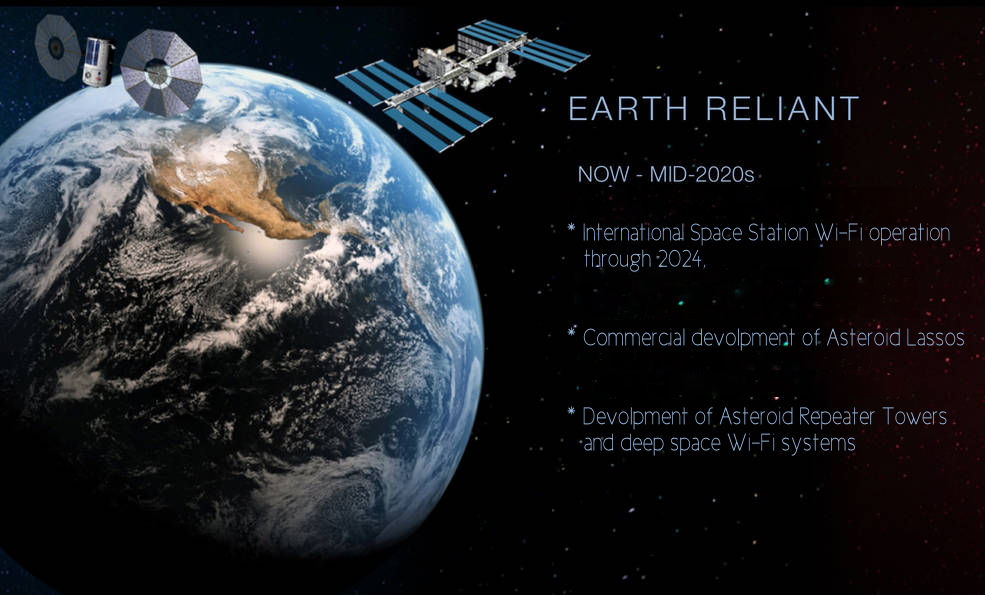
Our next step is deep space, where WISPRENN will send a robotic mission to capture and redirect an asteroid to orbit the moon. Utilizing high grade industrial products, WISPRENN engineers have created an asteroid lasso, once used to wrangle cattle, is now being used in the same sense to wrangle asteroids. Astronauts aboard the Orion spacecraft will explore the asteroid in the 2020s, establishing mini towers on the asteroids. This experience in asteroid Wi-Fi repeater sites beyond low-Earth orbit will help WISPRENN test new systems and capabilities, such as Solar Wi-Fi Propulsion, which we'll need to send Wi-Fi as far as possible into deep space. Beginning in 2018, WISPRENN's powerful Wi-Fi Space Launch System rocket will enable these "proving ground" missions to test new capabilities. Human missions to Mars will rely on WISPRENN Wireless Repeater Sites and an evolved version of WISPRENN Internet that will be the most powerful asteroid tower sites ever created... if not the only.
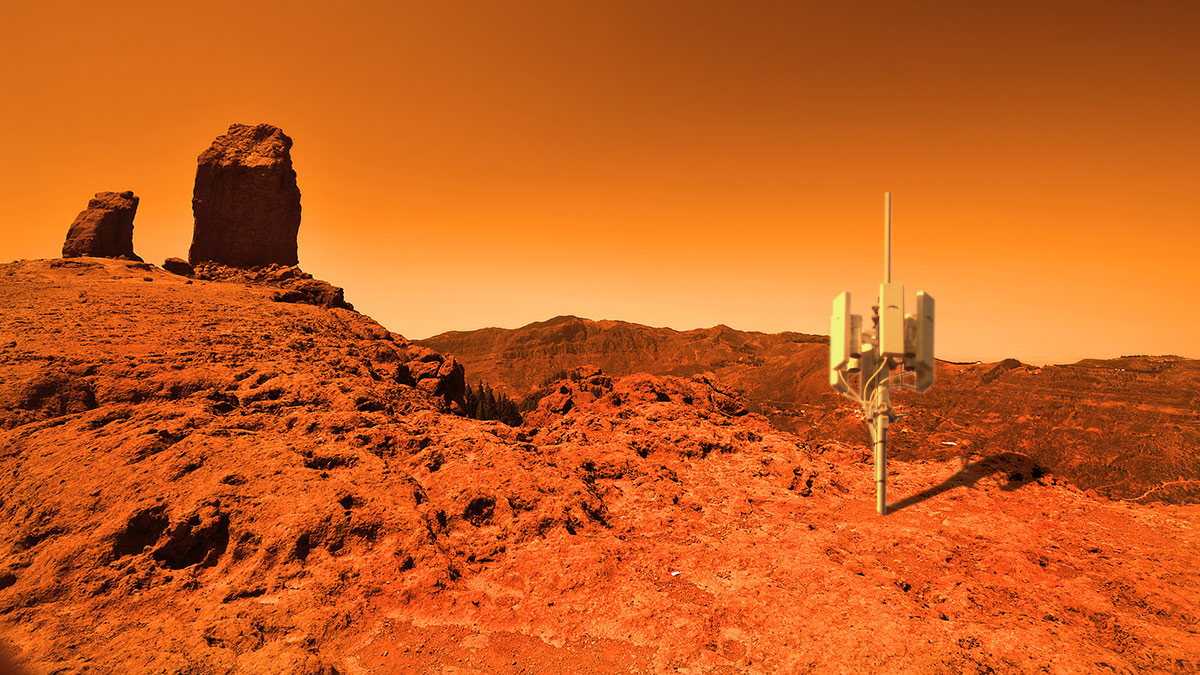
A fleet of robotic spacecraft and rovers already are on and around Mars, but they are lacking proper Wi-Fi. The Mars Science Laboratory Curiosity rover measured radiation on the way to Mars and is sending back radiation data from the surface, but it is taking a long time because there are no Wireless Repeater Sites between Earth and Mars. We also found a few robotic entries in the Mars Curiosity Rover that indicate the robot wishes it had Spotify or Pandora music players and has trouble streaming "Wall-E" on Netflix.
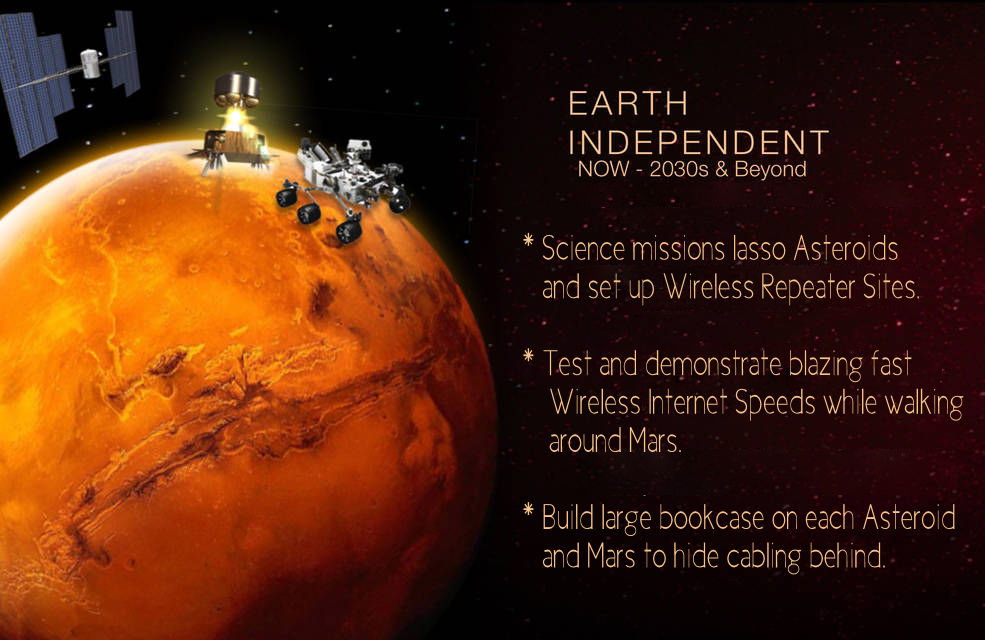
If only we could get this data form the Mars Curiosity Rover a little faster we could perhaps explore Mars sooner. Future missions like the Mars 2020 Wifi rover, seeking signs of low Wi-Fi signals, also will help astronauts survive on Mars when they are ready.
WISPRENN engineers and scientists are working hard to develop the technologies astronauts will use to one day to send Skype video chats from Mars without stuttering, and upload pictures to Facebook seconds after they are taken. WISPRENN is the leader in Wireless Repeater Sites on Asteroids Project, working with international partners and the U.S. commercial space industry on a coordinated expansion of Wi-Fi Signals into the solar system, with strong Wi-Fi on the surface of Mars as the driving goal. Follow our progress at www.NASA.gov/exploration and www.WISPRENN.com/mars.
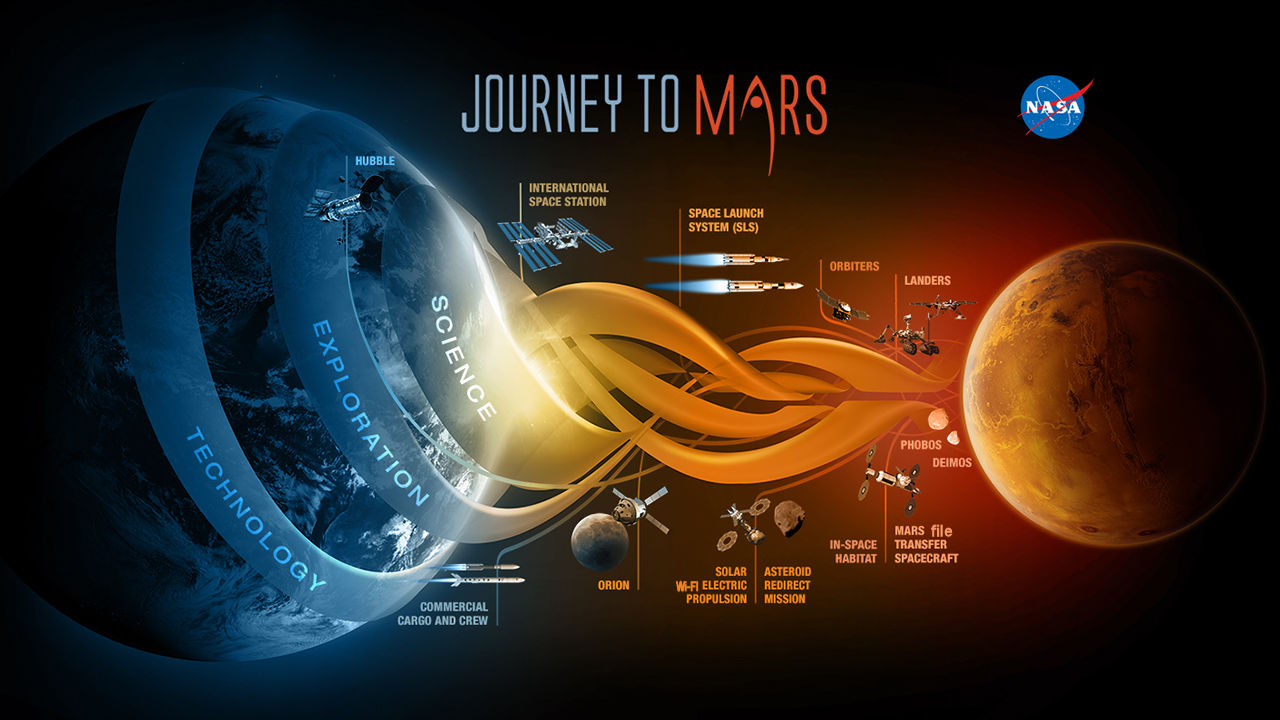
I want to thank all of you for your continued support of WISPRENN, and we look forward to serving you and bringing better communication to our Solar System.
April 1st, 2017
April Fools!